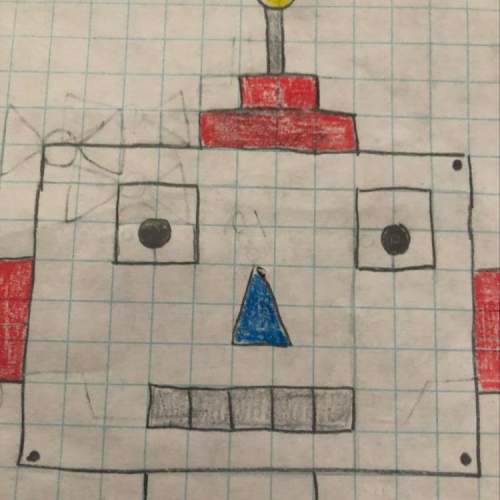
Mathematics, 04.07.2019 06:00 blazepixi
The sum of consecutive integers 1,2, is given by the formula 1/2n(n+1). how many consecutive integers, starting with 1, must be added to get the sum of 1081

Answers: 1


Another question on Mathematics

Mathematics, 21.06.2019 14:00
Afunction is given: f(x)=3x+12 a. determine the inverse of this function and name it g(x) b. use composite functions to show that these functions are inverses. c. f(g(– explain: what is the domain?
Answers: 1

Mathematics, 21.06.2019 20:00
How does the graph of g(x)=⌊x⌋−3 differ from the graph of f(x)=⌊x⌋? the graph of g(x)=⌊x⌋−3 is the graph of f(x)=⌊x⌋ shifted right 3 units. the graph of g(x)=⌊x⌋−3 is the graph of f(x)=⌊x⌋ shifted up 3 units. the graph of g(x)=⌊x⌋−3 is the graph of f(x)=⌊x⌋ shifted down 3 units. the graph of g(x)=⌊x⌋−3 is the graph of f(x)=⌊x⌋ shifted left 3 units.
Answers: 1

Mathematics, 21.06.2019 20:00
What are the domain and range of the function f(x)=2^x+1
Answers: 1

Mathematics, 21.06.2019 20:30
Write an equation of the line that passes through 9,2 and is parallel to the line y=5/3x+9
Answers: 1
You know the right answer?
The sum of consecutive integers 1,2, is given by the formula 1/2n(n+1). how many consecutive integer...
Questions



Mathematics, 27.07.2021 15:40

English, 27.07.2021 15:40



Chemistry, 27.07.2021 15:50




Computers and Technology, 27.07.2021 15:50








Mathematics, 27.07.2021 15:50

English, 27.07.2021 15:50




